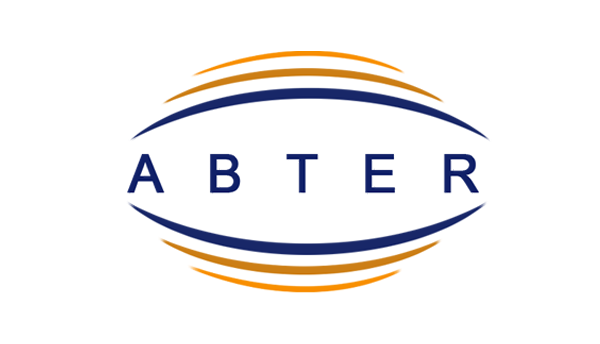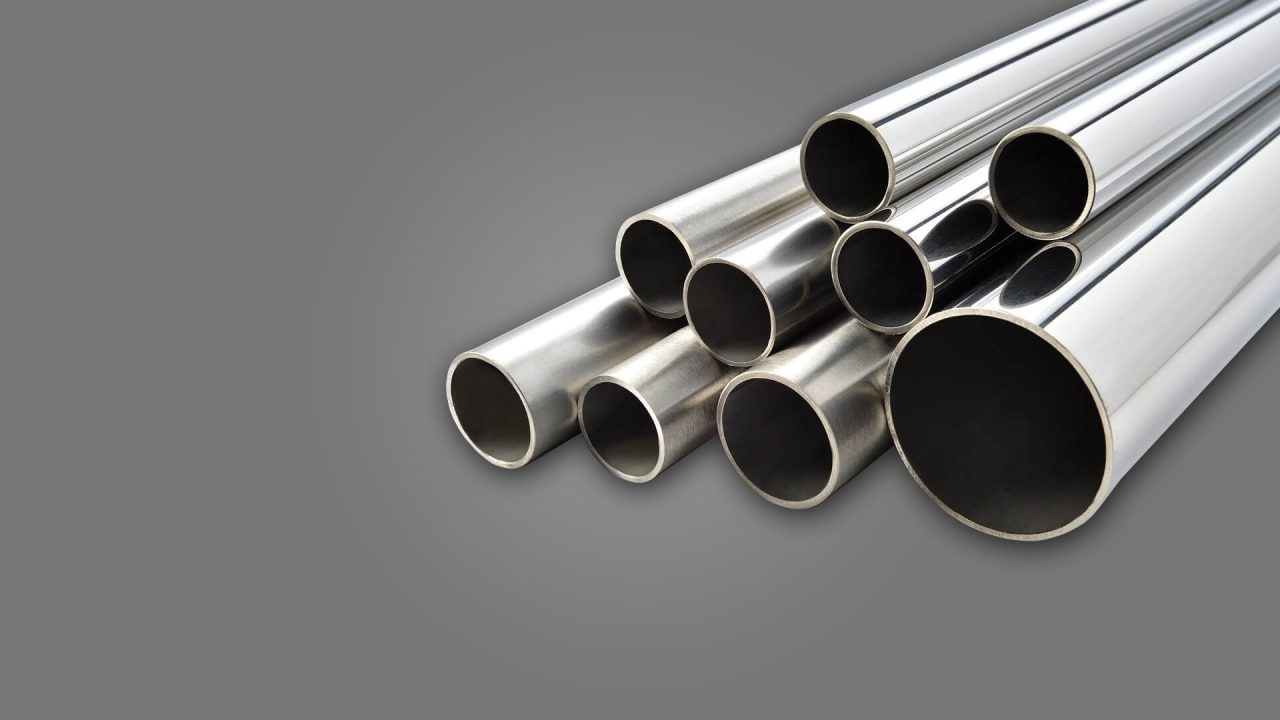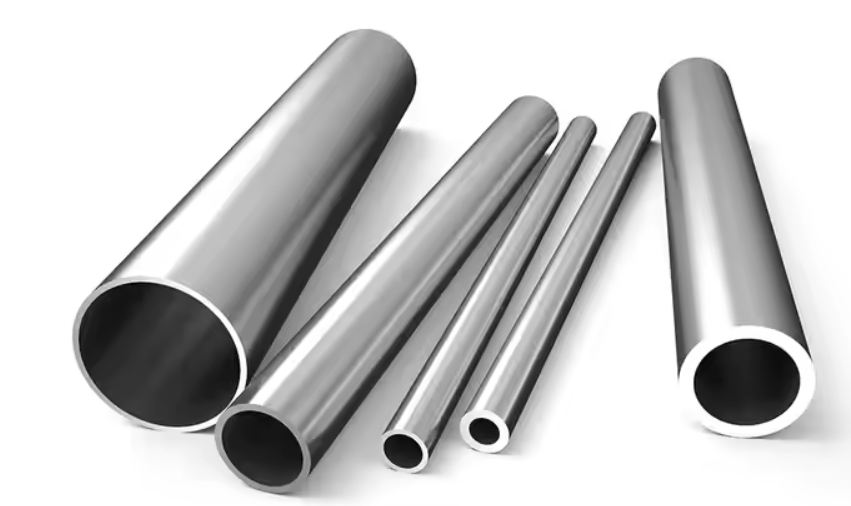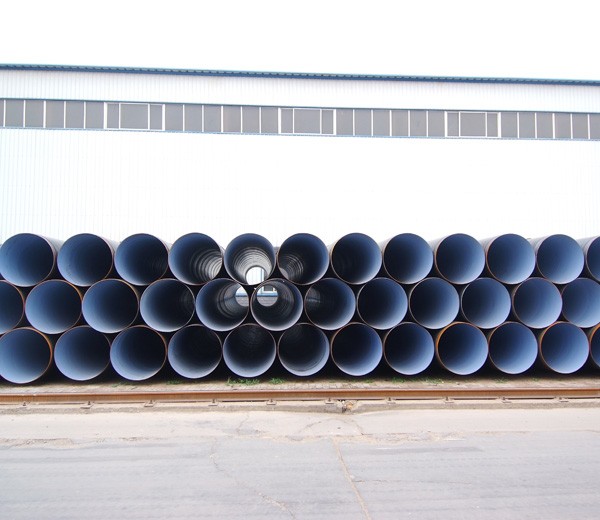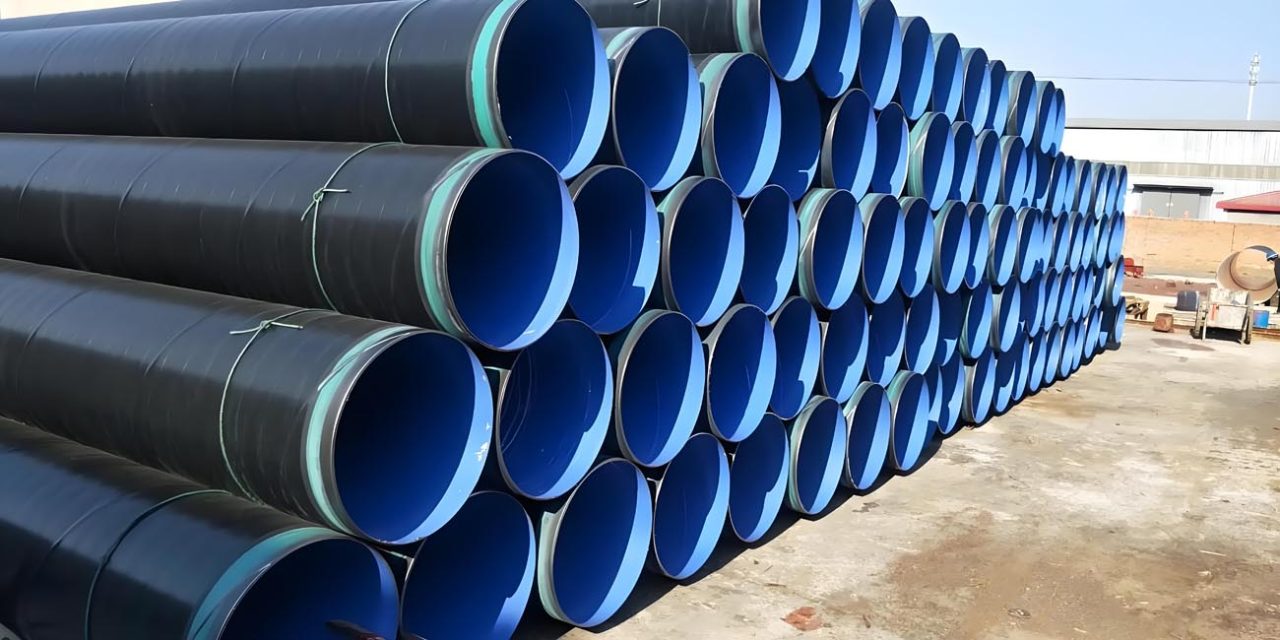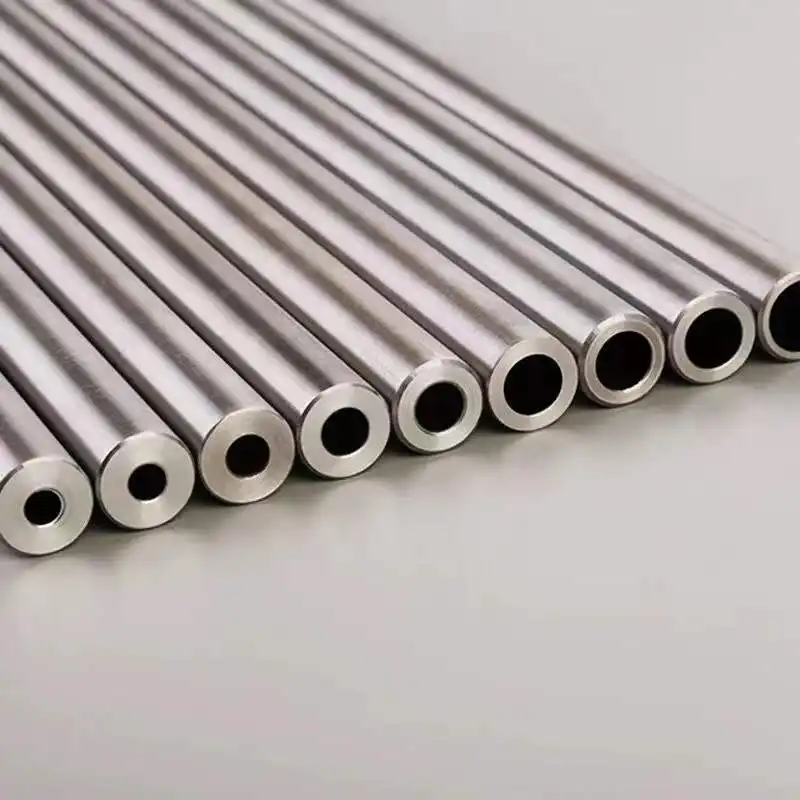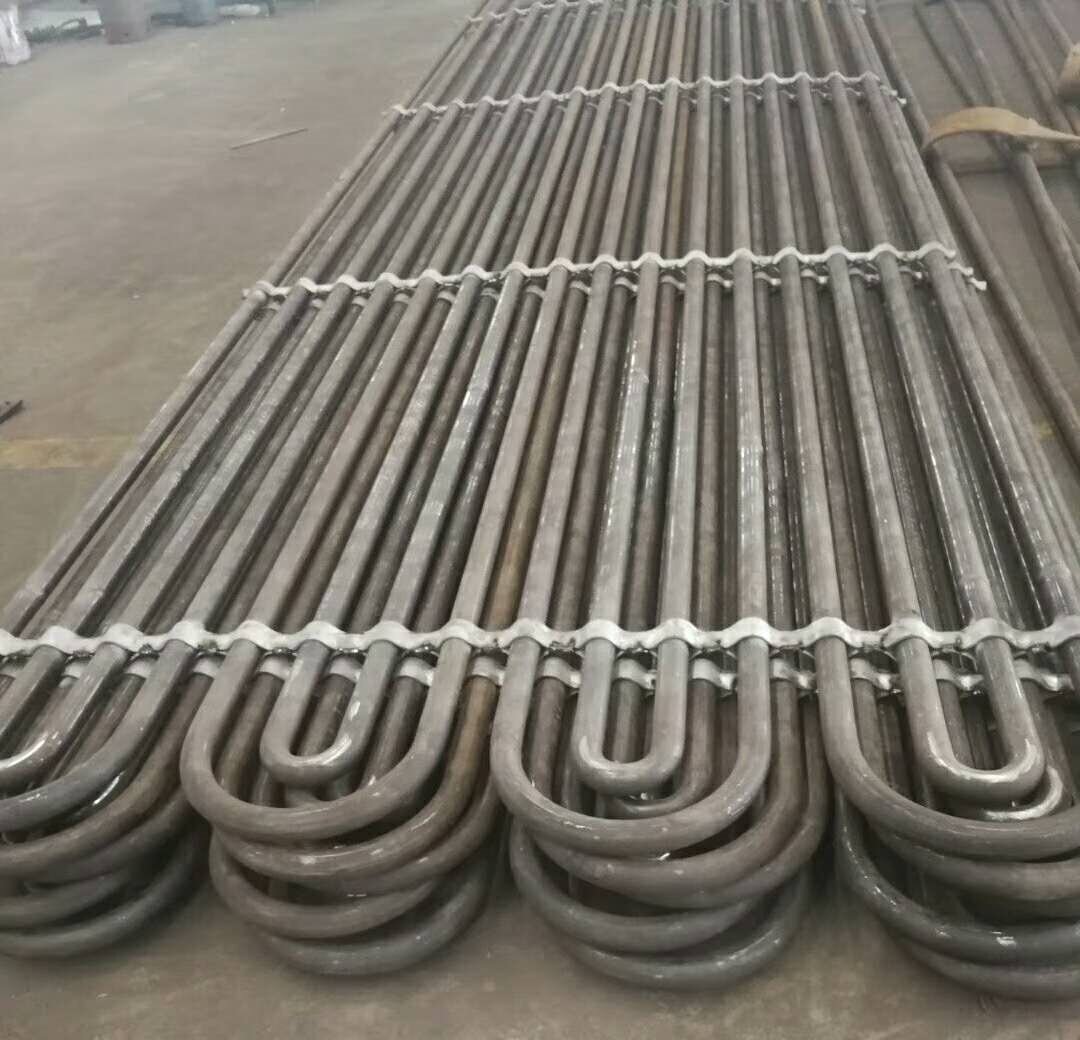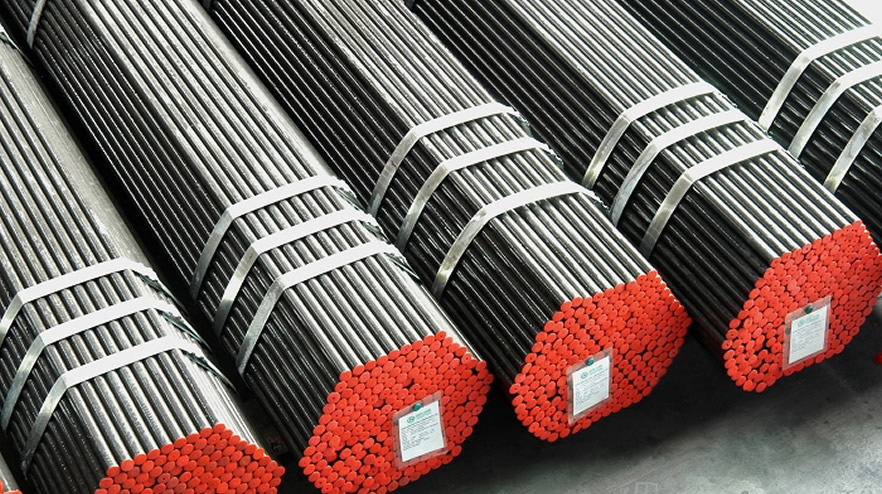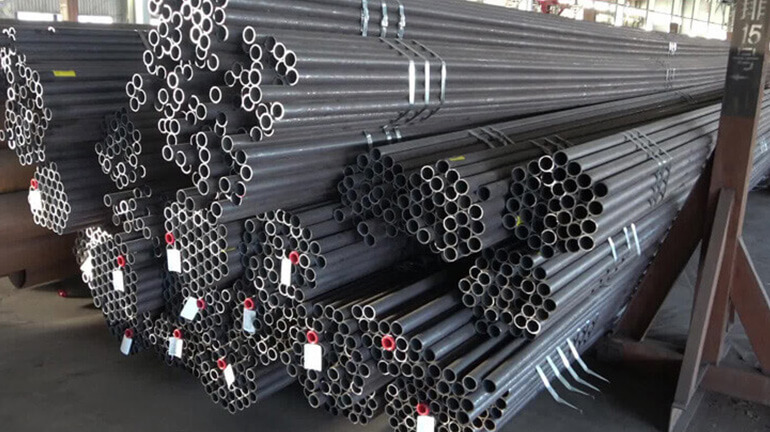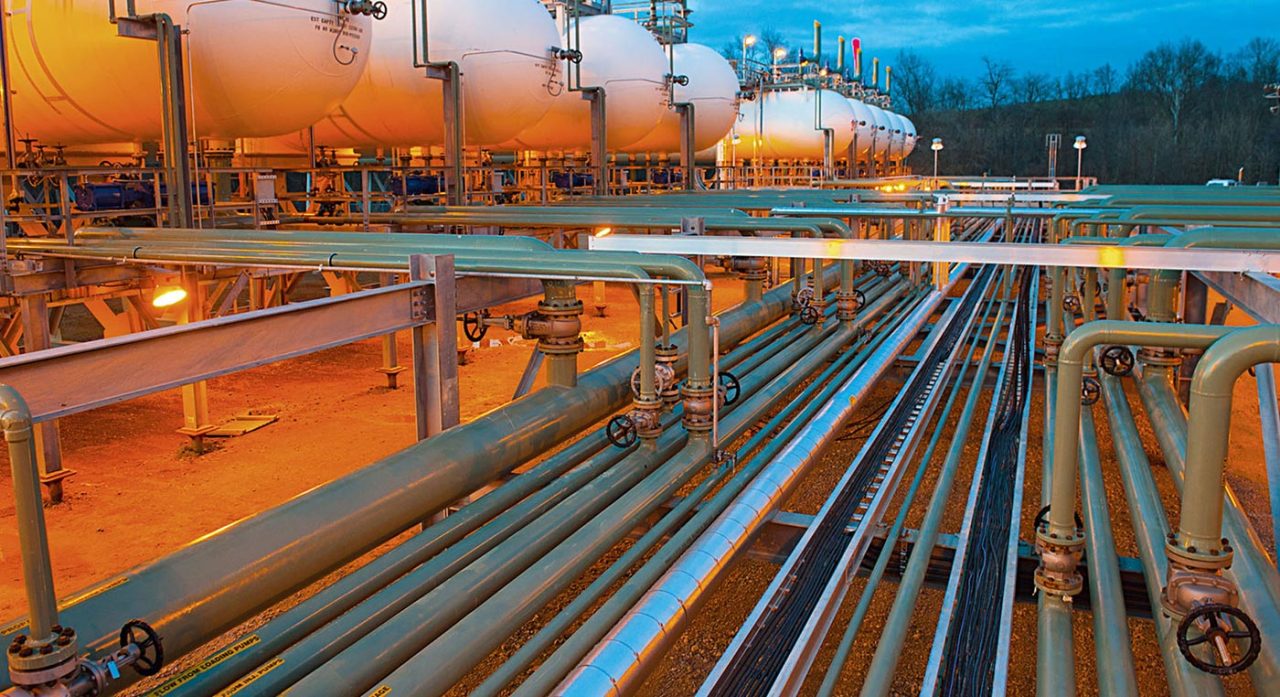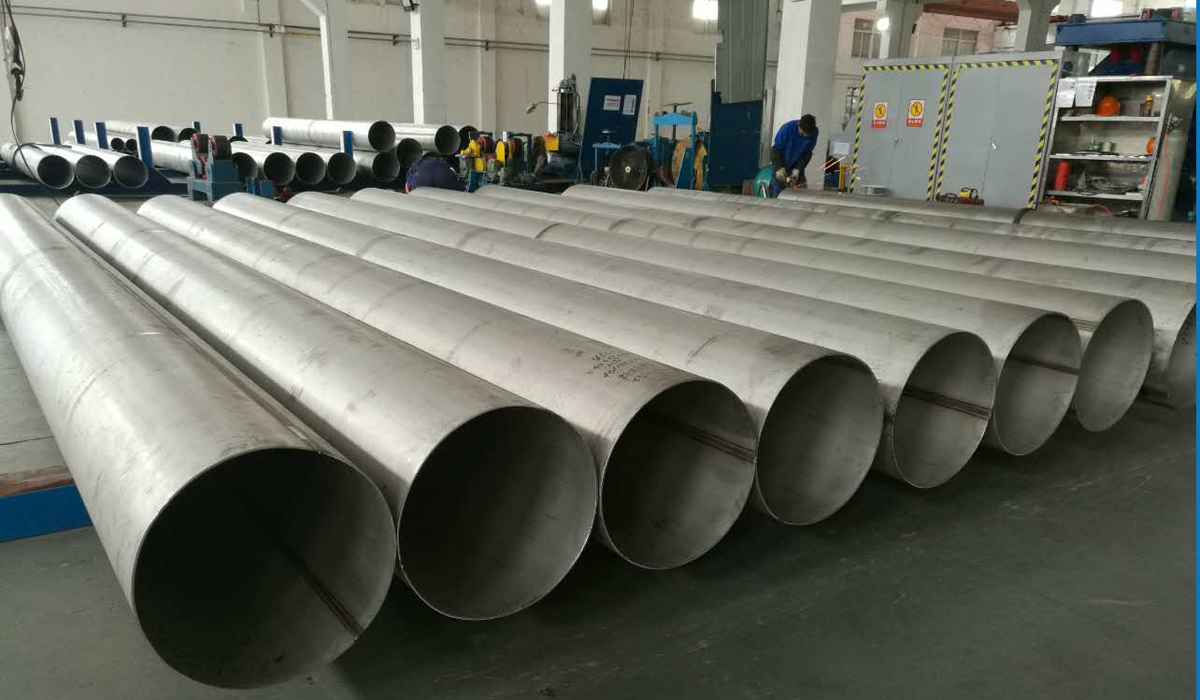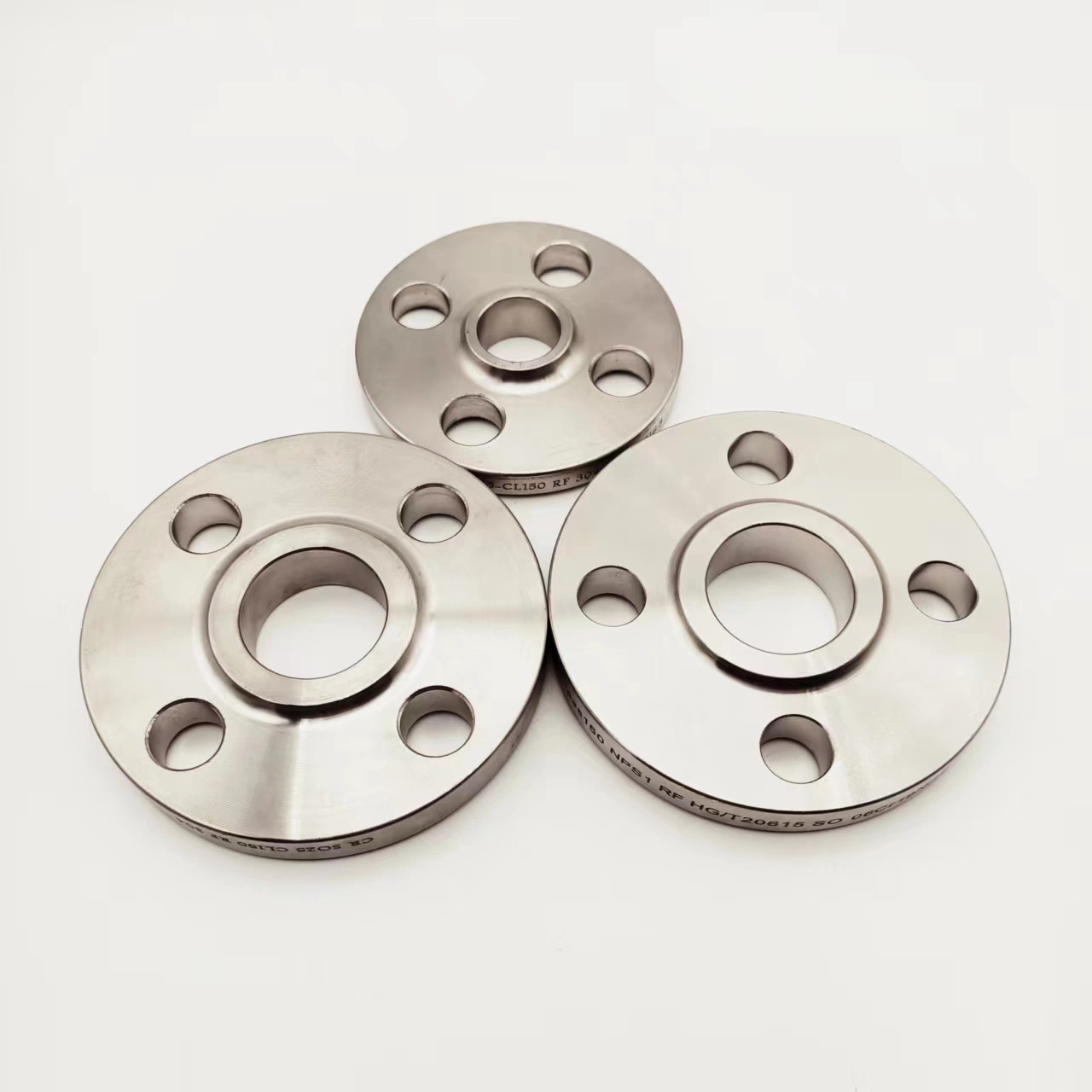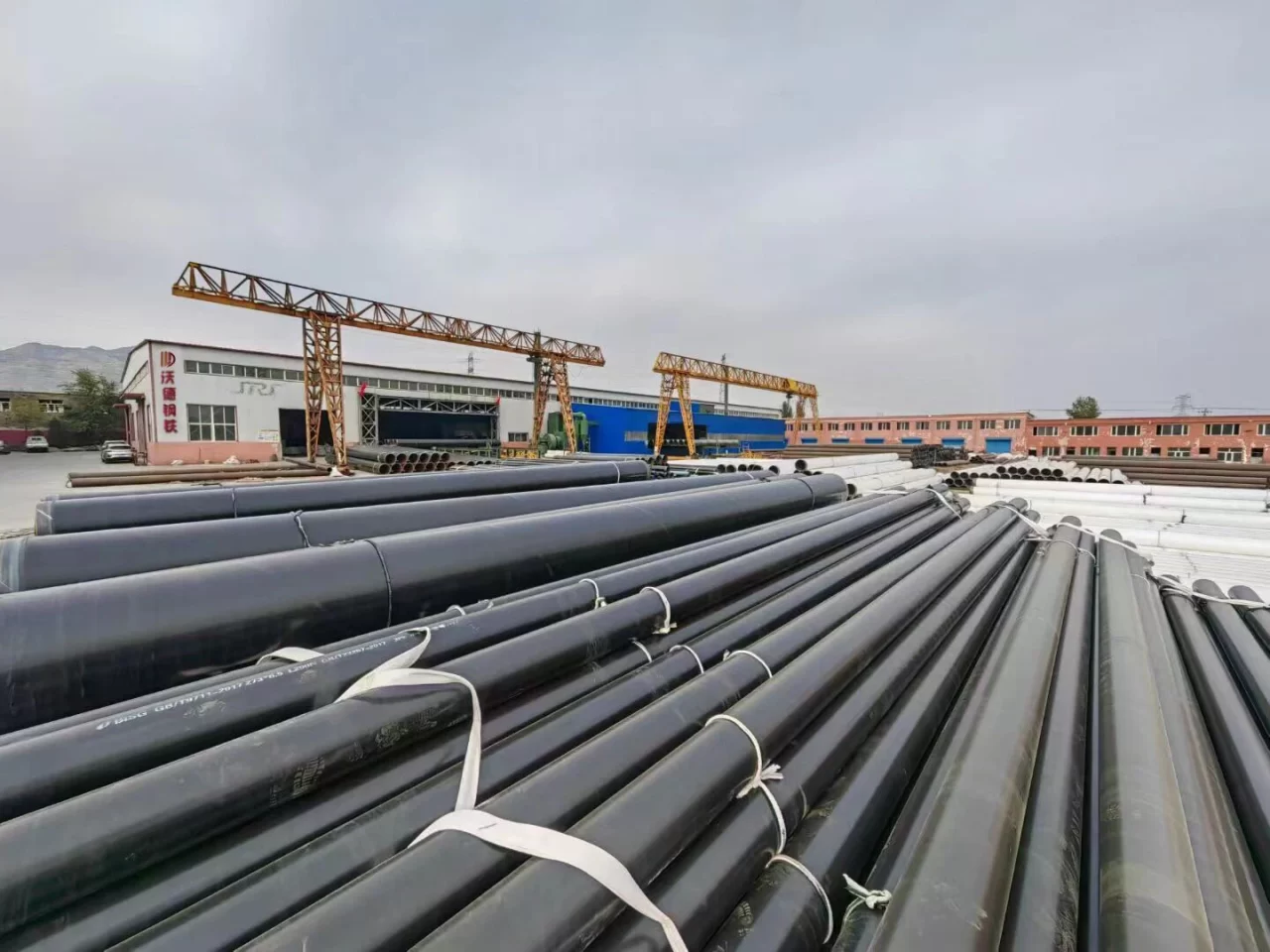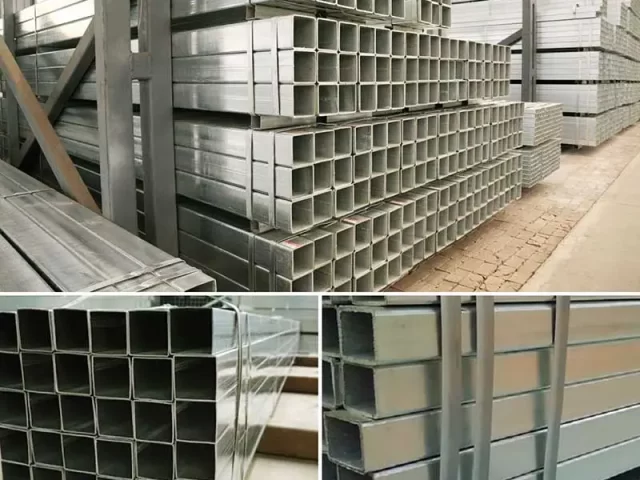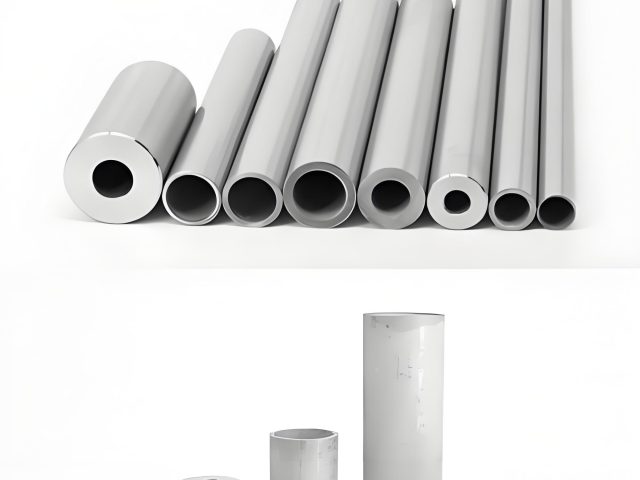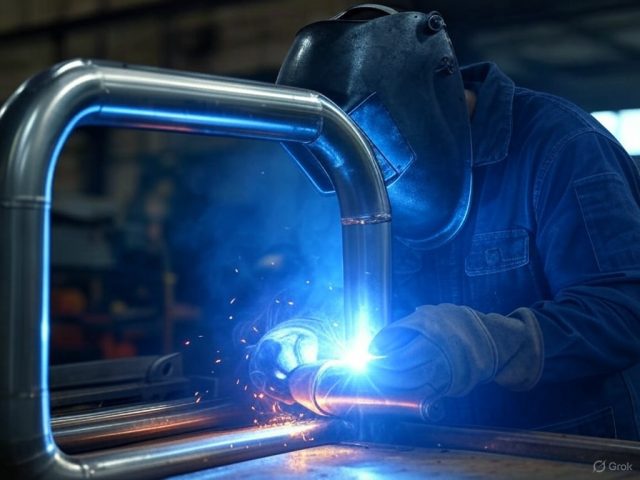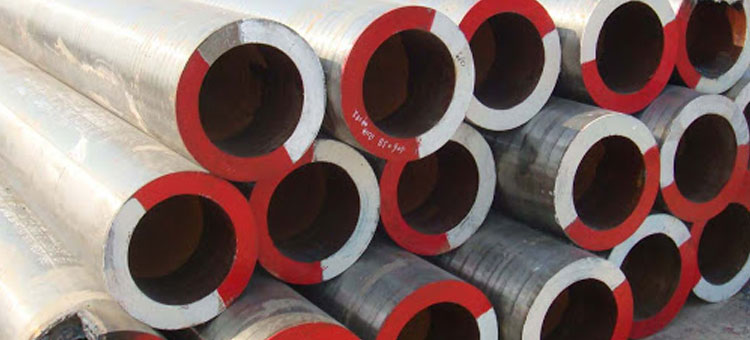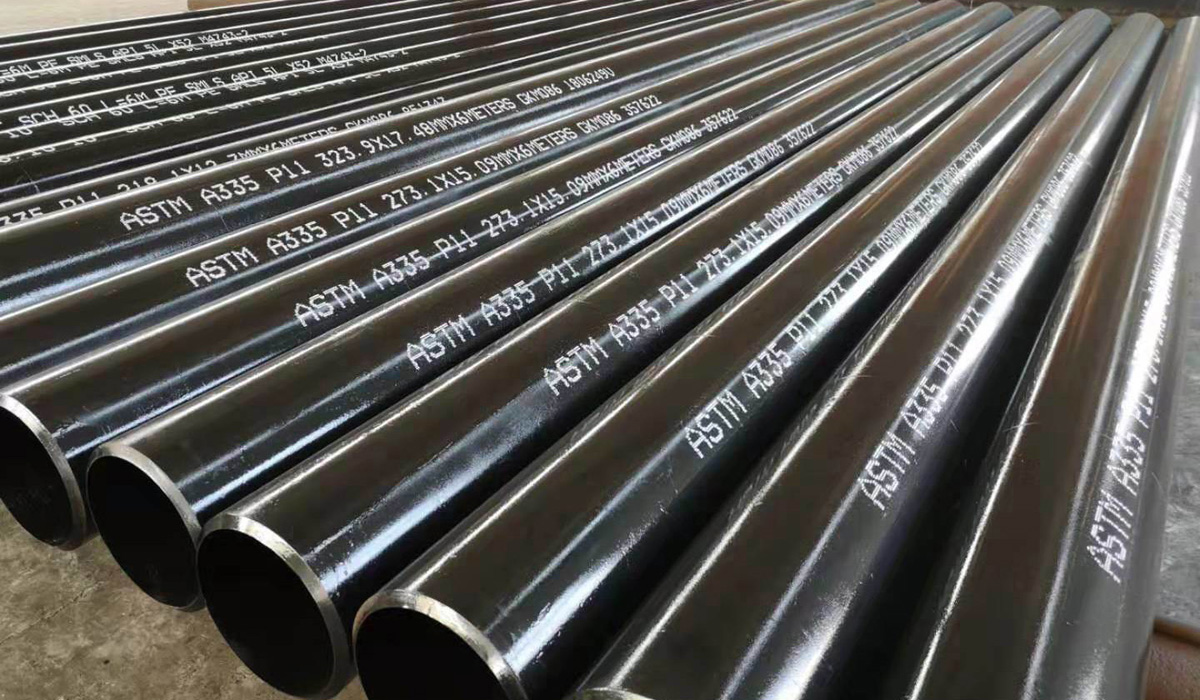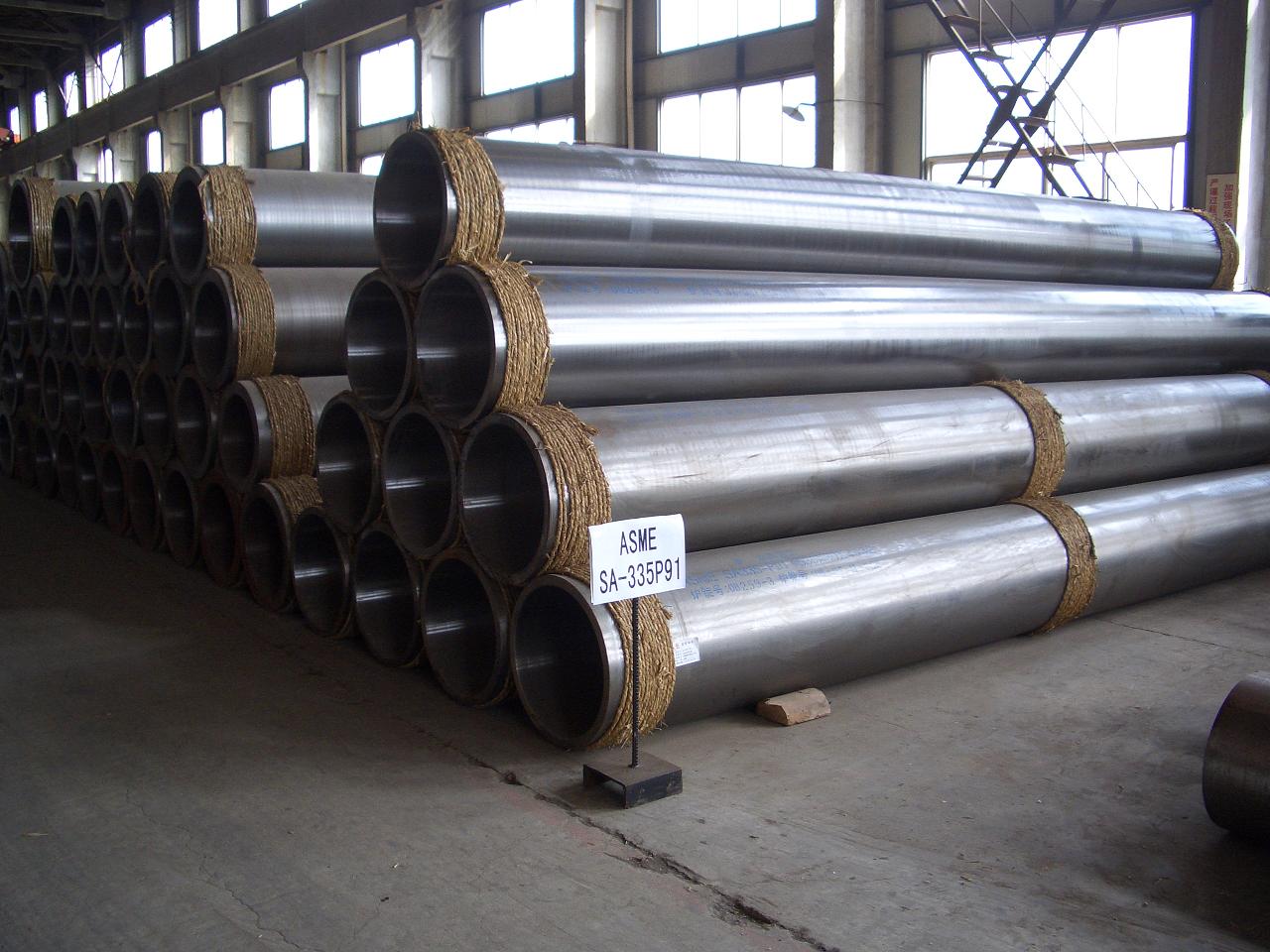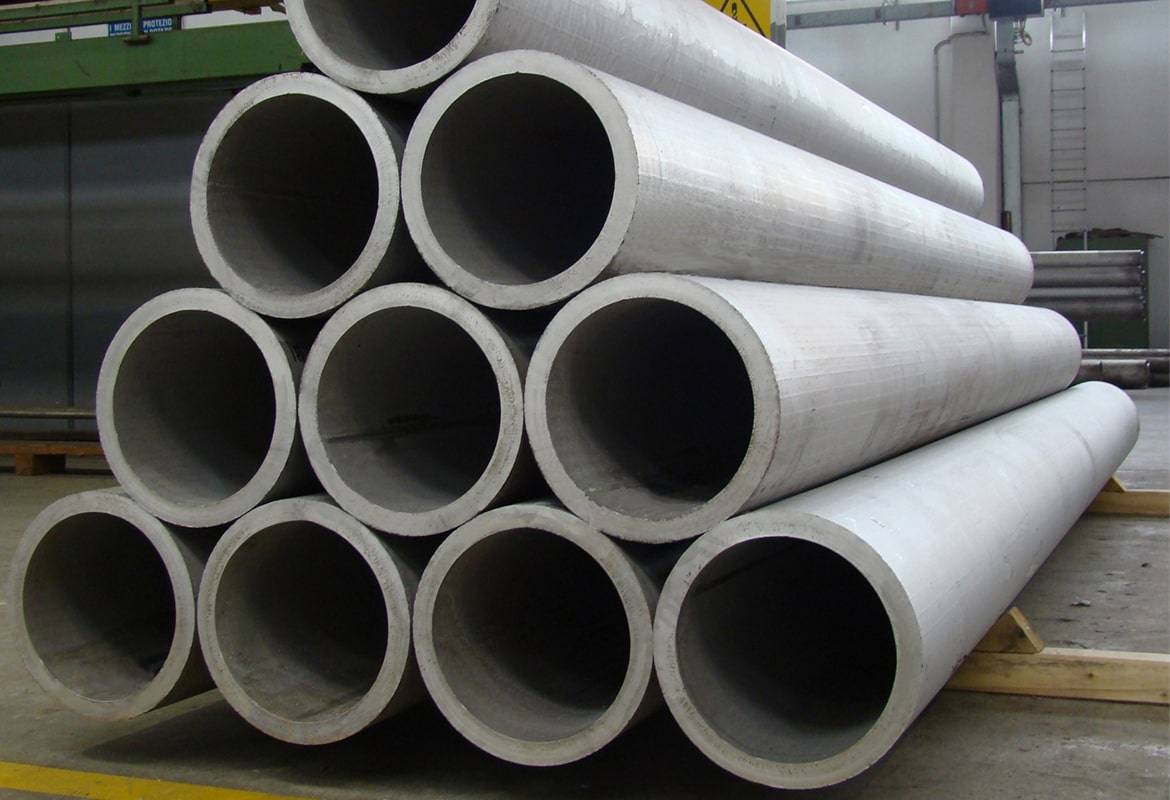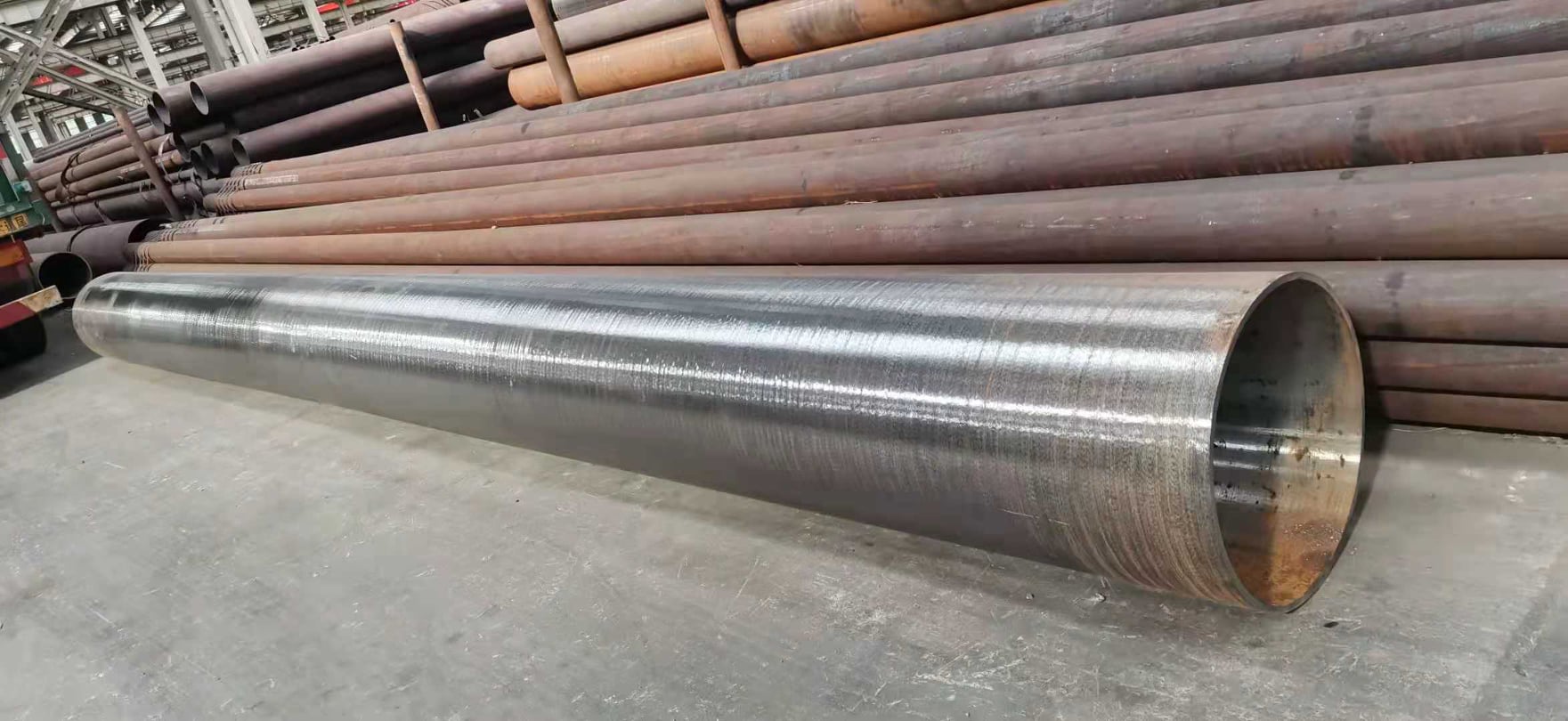These tables provide a snapshot of the composition and properties of GH3030 superalloy, illustrating why it is favored for high-temperature and corrosive applications. The balance of nickel ensures excellent corrosion resistance, while chromium and iron contribute to the alloy's strength and oxidation resistance.
September, 2024 » Stainless Steel & Alloy Steel Pipes | 2PE 3PE coated pipe | Pipe Fittings - Pipeline Technology R&D Factory
The manufacturing of alloy steel pipes involves a series of complex processes, from raw material selection to quality control and testing. Each step is critical for achieving the desired properties and dimensions, ensuring the pipes meet the stringent requirements of various industries. By understanding the intricacies of these processes, manufacturers can produce high-quality alloy steel pipes that offer superior performance and reliability in demanding applications.
Selecting the appropriate pipe coating involves considering the specific requirements of the project, including environmental conditions, mechanical stresses, and budget constraints. Each coating type offers unique advantages and disadvantages, making it essential to evaluate them in the context of the intended application. By understanding the properties and limitations of different coatings, decision-makers can choose the best option to ensure the longevity and reliability of their pipeline infrastructure.
The three-layer polyethylene coating system is a highly effective method for protecting underground pipelines against corrosion. By following a rigorous coating procedure, qualifying the applied coating, and conducting thorough inspection and testing, pipeline operators can ensure the long-term performance and reliability of their infrastructure. This comprehensive approach not only safeguards the pipeline but also minimizes maintenance costs and extends the service life of the asset.
Understanding the differences between mechanical and structural tubing is essential for selecting the right type for your project. Mechanical tubing is ideal for applications requiring precision and surface finish, while structural tubing is best suited for load-bearing and construction applications. By considering the specific requirements of your project, including material properties, manufacturing processes, and cost, you can make an informed decision that ensures the success and longevity of your application.
Selecting the right material for heat exchanger pipes involves balancing multiple factors, including corrosion resistance, thermal conductivity, mechanical strength, cost, and compatibility with the fluids. By carefully considering these criteria, engineers can choose materials that optimize the performance and longevity of the heat exchanger, while also meeting budgetary and regulatory requirements.
This overview provides a foundation for understanding the complexities involved in shell and tube heat exchanger design. For a more detailed analysis, engineers often use specialized software and tools to model and simulate the performance of these systems under different conditions.
The selection of heat exchanger tubes is a multifaceted process that requires careful consideration of materials, design, and operational conditions. By understanding these criteria and incorporating best practices, engineers can ensure optimal performance and efficiency in their systems.
Material selection represents a key design factor governing long-term heat exchanger reliability and costs. While carbon steel dominates many lower temperature applications, excellent corrosion resistance and high temperature strength motivate using stainless steels, nickel alloys or linings/coatings especially for demanding service conditions. Performance must be balanced judiciously against constraints like budgets or weight to procure piping optimized for a heat exchanger's full service life.
As the primary construction method joining hundreds of miles of steel pipe infrastructure transporting a key fuel, welding stands as a cornerstone technology within the natural gas pipeline industry. However, its repeatable and reliable execution requires diligent standardization, control, and quality assurance measures. This report provides a comprehensive overview of key welding processes, critical variables, testing protocols and advancement areas that form the foundation for these pipelines to endure decades of hazardous duties. Continued cooperation across disciplines will strengthen welding capabilities to support tomorrow's clean energy needs.
Various welding methods for stainless steel welded pipes have their own advantages and disadvantages. How to improve strengths and avoid weaknesses, combine several welding methods to form a new welding process to meet people's requirements for stainless steel welded pipe quality and production efficiency, is a new trend in the development of stainless steel welded pipe technology. After several years of exploration and research, the combined welding process has made progress, and Japan, France and other countries have mastered certain welding techniques for the production of stainless steel welded pipe. Combination welding methods are: argon arc welding + plasma welding, high frequency welding + plasma welding, high frequency preheating + three torch argon arc welding, high frequency preheating + plasma welding + argon arc welding. Combined welding increases the welding speed significantly. For combined welding with high-frequency preheating, the quality of welded steel pipe is equivalent to conventional argon arc welding and plasma welding. The welding operation is simple, and the entire welding system is easy to automate. This combination is easy to connect with existing high-frequency welding equipment. Low investment costs and good returns.
flat welding flanges are often used when the medium temperature and pressure are not high and the medium is corrosive. When the medium is corrosive. Rare integral flanges have flat and butt weld flanges. Flange fittings are flanged (flange or splicing) fittings. It can be cast, and the flat welded flange is mainly a part that connects the pipe and the pipe to each other. According to the structure type. It can also be constructed by screwing or welding. Flange joints consist of a pair of flanges, a gasket and a number of bolts and nuts.
Composition engineering underpins achieving the refined balance of strength, ductility, and thermal stability required of high-pressure line pipes at higher operating temperatures. Significant advances have been made in refining grain structures and precipitating stable secondary phases through judicious alloying additions alone or combined with thermomechanical processing routes.
Headquarters
We are everywhere

